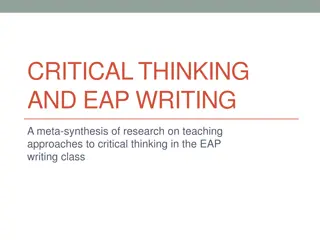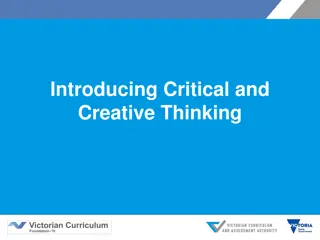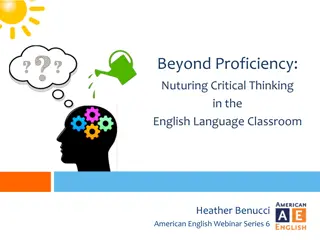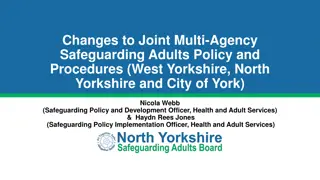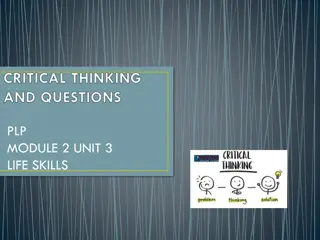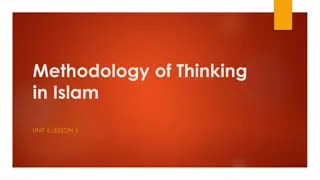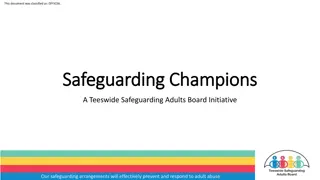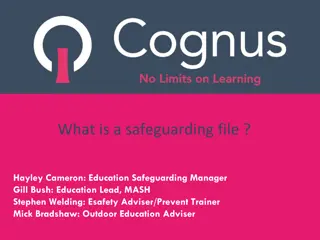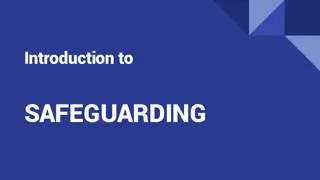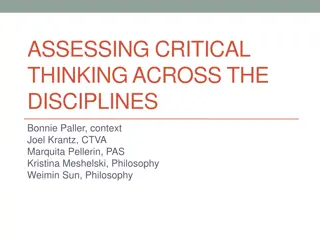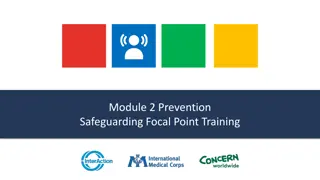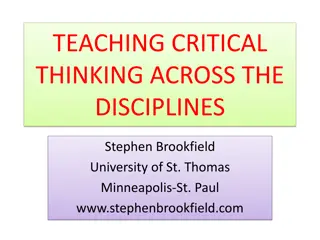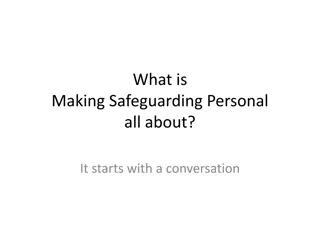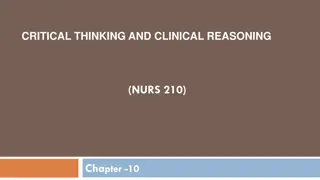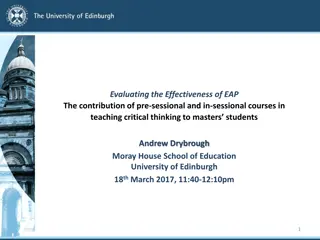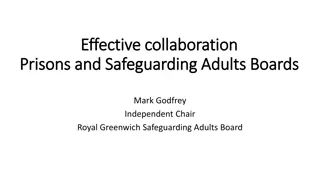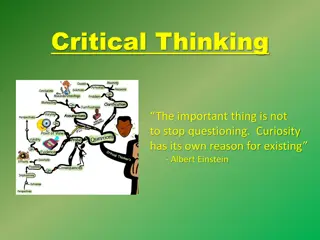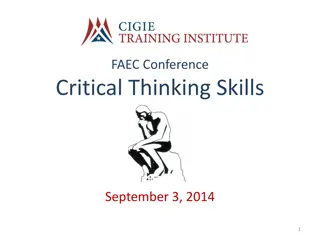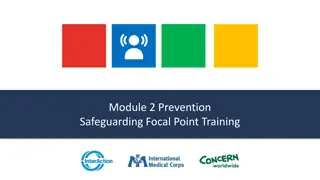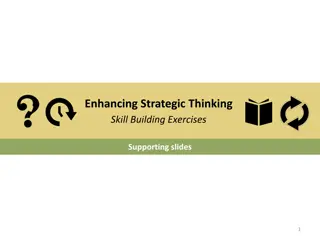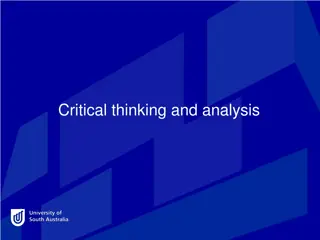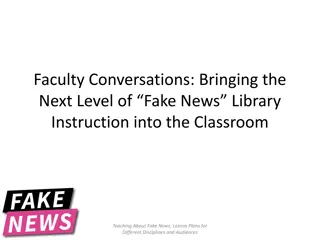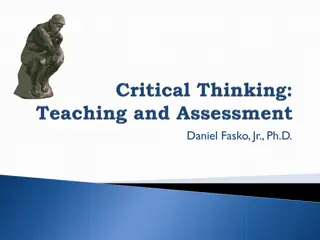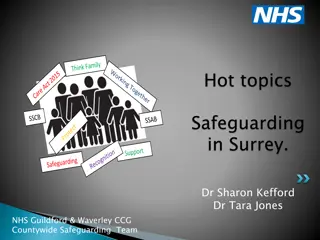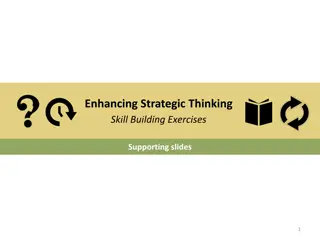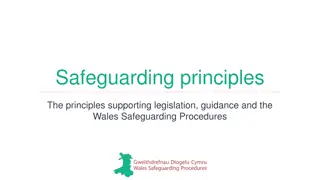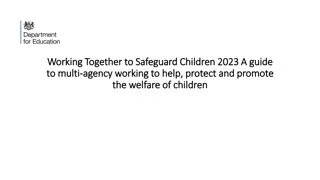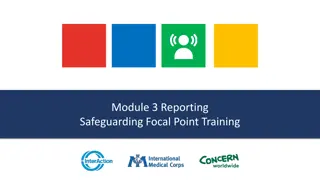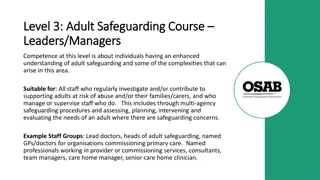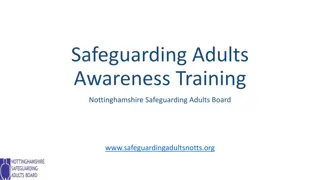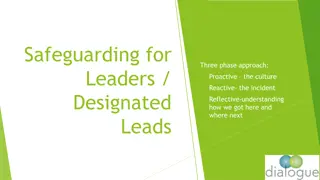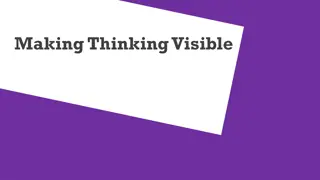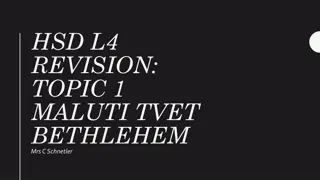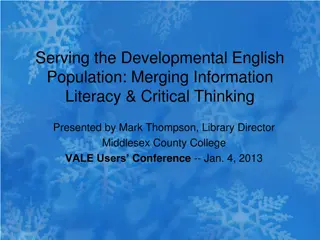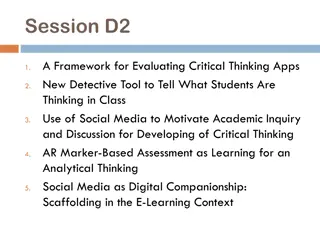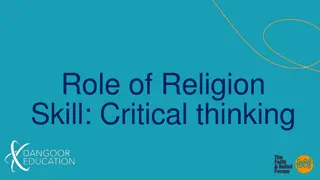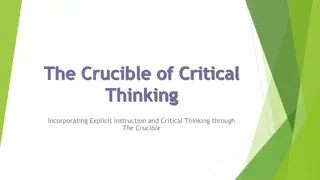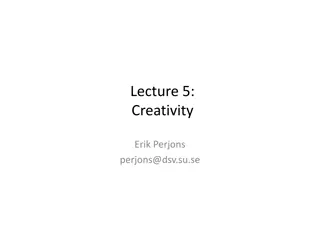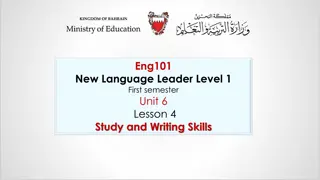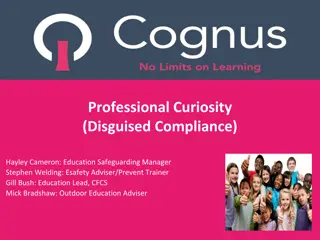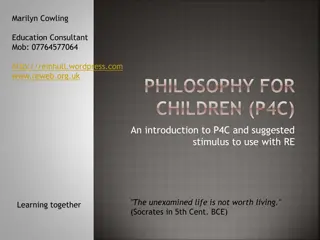Enhancing Critical Thinking Skills in Safeguarding Practice
Critical thinking is crucial in safeguarding work, involving open-mindedness, evaluating information, and making logical conclusions. Key skills include professional curiosity and judgement. Critical thinkers are receptive to new ideas, self-aware, and empathetic. Recognizing mistakes and considering minority views are important. Consensus doesn't guarantee safety; individual perspectives must be valued. Responding effectively involves assessing, understanding, and monitoring progress. Seeking guidance from agency safeguarding leads is recommended for addressing concerns.
Download Presentation

Please find below an Image/Link to download the presentation.
The content on the website is provided AS IS for your information and personal use only. It may not be sold, licensed, or shared on other websites without obtaining consent from the author. Download presentation by click this link. If you encounter any issues during the download, it is possible that the publisher has removed the file from their server.
E N D
Presentation Transcript
Critical Thinking - 7 Minute Briefing
1. WHAT IS IT? Critical thinking is purposeful. It involves maintaining an open minded attitude and being able to think about different ways of understanding the information before you. Critical thinking also includes a process of evaluating claims and arguments in order to come to logical and consistent conclusions, assessing these conclusions against clear and relevant criteria or standards and being able to spell out the reasons for the judgements you have made.
2. WHAT IS IT? Core skills such as professional curiosity, professional judgement, the ability to conduct rigorous assessments and draw conclusions are vital to safe planning. Practitioners must have an understanding of the blocks and challenges in safeguarding work and apply strategies to manage these, including situations of hostility and disguised compliance and to challenge their own and others practice both at individual and agency level.
3. WHAT IS IT? Critical thinkers are: Open to new information and will seek and consider alternative hypothesis Aware that stress and the opinions of others can distort thinking Able to consider information from multiple sources, even those that have opposing views Self aware, self reflective, active listeners and empathetic
4.RECOGNITION Motivators for setting up include: It is important that practitioners are willing and able to recognise that a previous decision may have been wrong though reasonable at the time when the decision was made. These mistakes are an inevitable part of practice and recognising them is an essential element of good practice.
5. KEY ISSUES Consensus isn t always safe. The fact that everyone agrees does not mean that they are right and certainly does not keep a child safe. There is no safety in numbers risk does not decrease because more people agree. Minority views are important and must be considered and noted within multi-agency work. Consider what it is about that worker s experience that differs from others.
6. HOW TO RESPOND What is the assessment for? What is the story? What does the story mean? What needs to happen? How do we know we are making progress?
7. ACTION Speak to your agency safeguarding lead if you have any concerns. Developing the habits required to support critical thinking takes conscious effort. Treat your first reaction to a situation, issue, or person as temporary. Resist the urge to pass judgement based only upon initial reactions. Have you observed carefully? Examine your reaction(s). Try to understand why you reacted the way you did. What assumptions were you making? What previous experiences may have contributed to your reaction?


